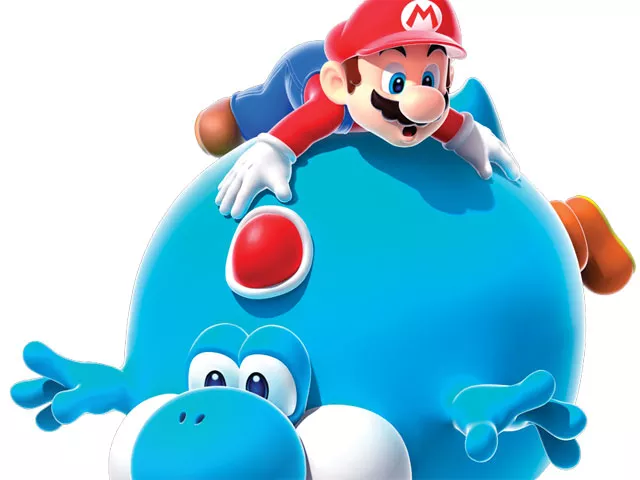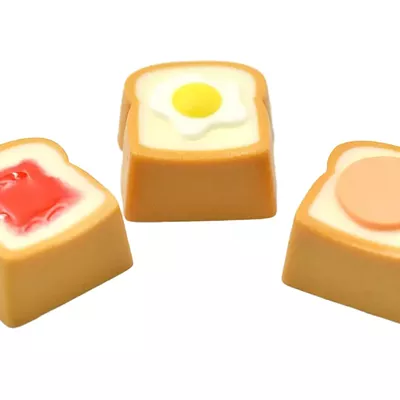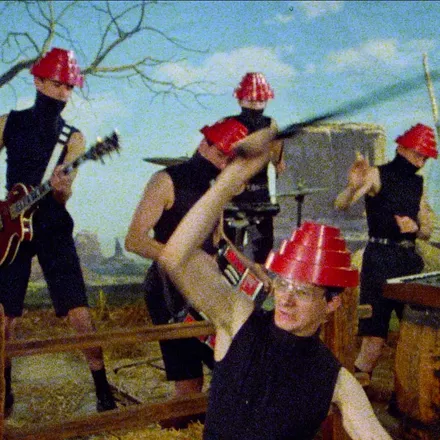“They improve hand-eye coordination.” That was how I always convinced my grandfather to buy me videogames. I couldn’t claim Donkey Kong had some educational value, or Duck Hunt possessed obvious aesthetic pleasures. But they could improve my hand-eye coordination, of that I was certain, even before I knew what hand-eye coordination was.
Hand-eye coordination has always been at the core of Mario’s gameplay, from the timing of running and jumping in Super Mario Bros., to the technique of swiveling a thumbstick in directions other than the four main ones when Mario went 3D in Super Mario 64. The basic challenge evolved further in Super Mario Galaxy, which asked players to think upside-down and leftside-right, or something like that.
Shigeru Miyamoto, Mario’s creator and longtime designer, has a sure grasp on the principles that make videogames work. Hand-eye coordination is a simple thing, but taken to an extreme level it demonstrates a kaleidoscope of cognitive challenges: split-second decisions, logical inversions and instinctive responses. Super Mario Galaxy 2 takes full advantage of the motion-sensitive Wii Remote, often requiring players to control Mario’s running and jumping with their thumbs while pointing and shaking their arms to make Mario grab objects and spin through the air.
The familiar jumping, stomping, fireballing Mario of old regains some of the costumed powers that debuted in the first Galaxy, like the hovering honeybee suit, and earns a few new abilities such as the power to conjure clouds and roll like a stone. Mario also gains access to the dinosaur Yoshi, a Mario regular who serves as a speedy mount that can also reach out with his tongue and swallow Mario’s foes.
All of these abilities boil down to being different ways to navigate space, and so Super Mario Galaxy 2 is ultimately a game full of different spaces to navigate, each in the form of a planet with its own shape, scale and gravity. Mario may find himself running around a tiny spheroid, drilling through flat, floating planes or spiraling across the interior surface of a cylinder. A level where blocks appear and disappear in rhythm to the game’s music even invokes simultaneous challenges of spatial navigation and rhythm — hey, does that count as hand-eye-and-ear coordination?
THE GOOD: Super Mario Galaxy 2 has massive mechanized bosses that stomp along the perimeter of disc-shaped planets and gigantic snakes that coil around globes before gobbling their way through the middle. The game’s emphasis on maximizing the use of 3-D space makes these mega bosses much more dynamic than the sit-in-the-middle-and-attack behemoths that usually cap the levels in videogames.
THE BAD: Like its predecessor, Super Mario Galaxy 2 is full of novel ideas that are only half-explored. While the continual jumping from one style of gameplay to another keeps the game from getting boring, there are still ideas that haven’t been mined for their full devious potential. In particular, levels where Mario balances atop a rolling ball and underwater swimming levels are underutilized, making me wish for more of them and fewer cloud-jumping, Yoshi-riding puzzles that are familiar variations on past Mario adventures.
THE BOTTOM LINE: Super Mario Galaxy 2 is a universe of action revolving around a supernova of different styles.

























